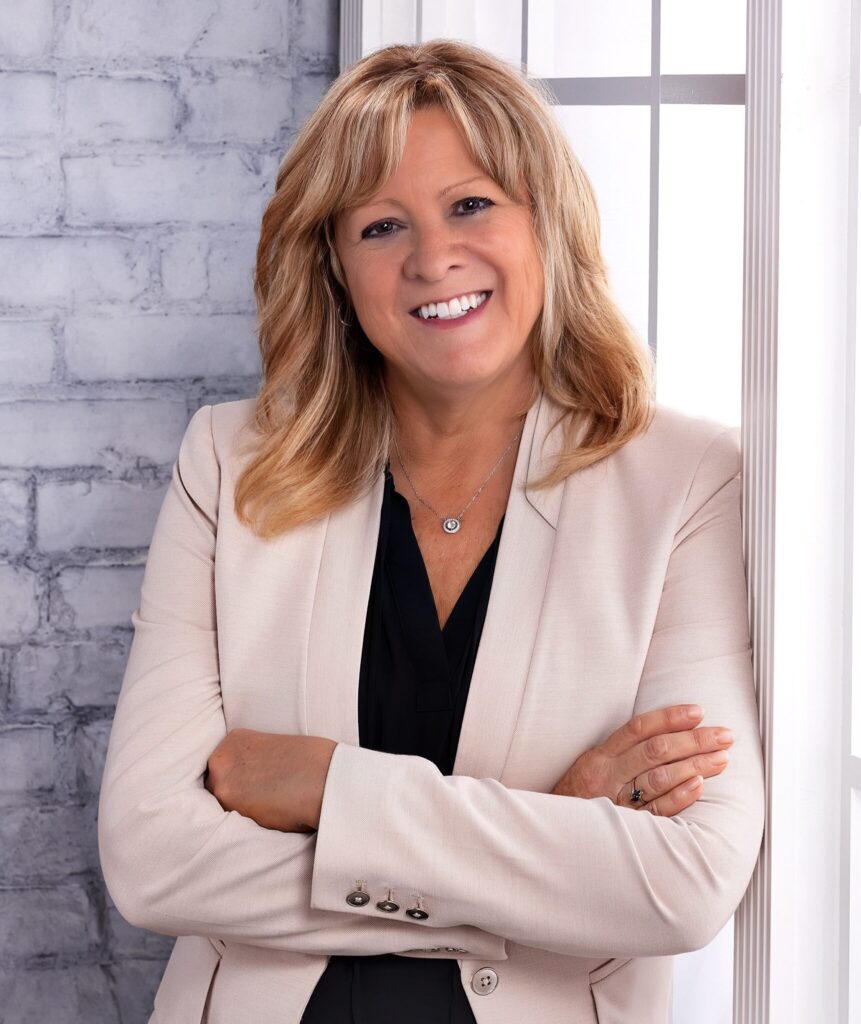 The latest ENG technology is allowing TV stations to go live straight from the heart of breaking news, spurring new opportunity and creativity. Plus, the gear's inexpensive cost means stations don't have to flip a coin to decide where to send a satellite truck. And while problems of latency and cellular availabliity exist, its advantages are making a huge difference in how live, local stories get covered.
The latest ENG technology is allowing TV stations to go live straight from the heart of breaking news, spurring new opportunity and creativity. Plus, the gear's inexpensive cost means stations don't have to flip a coin to decide where to send a satellite truck. And while problems of latency and cellular availabliity exist, its advantages are making a huge difference in how live, local stories get covered.
Bonded Cellular Boosts Local News Horizons
When this year’s May Day protests in Seattle turned ugly, crews from KING were so in the thick of it that a reporter wound up getting hit with police pepper spray along with the demonstrators.
“Instead of watching the parade go by, we were in it,” says Mark Ginther, news director of the Belo-owned NBC affiliate in the country’s 13th largest market.
That kind of coverage — dramatic, live and straight from the heart of news events — shows how bonded cellular technology has transformed live, local TV news.
Lightweight and portable, bonded cellular equipment is spurring new opportunity, as well as creativity, in local, live TV journalism, essentially by freeing journalists who have long been tethered to trucks and restricted by heavy gear, news executives say.
“It just really changes the way you are able to tell the story and connect with viewers,” says Mike McClain, the VP of News at Fox-owned WAGA Atlanta (DMA 9). “You are able to move and go where the story takes you as it happens.”
Relatively affordable, the latest wave in ENG has also been a boon to smaller stations that can’t afford multiple live trucks by giving them the means to air more live reports from more locations.
The transformative effects of the new technology are particularly notable in breaking news coverage, as new ENG enables news teams to respond quickly to events, and cover them up close once they are on the scene.
When a fertilizer plant in West, Texas, exploded in April, for example, a reporter from NBC-owned KXAS Dallas-Fort Worth (DMA 5) broadcast live reports from so close to the flaming disaster scene that emergency responders told him to move to a safer distance.
“Things exploded, things were burning,” says News Director Susan Tully. “It was a remarkable live shot.” Although the reporter had to leave his initial location, the portability of the equipment enabled him and his photographer “to crawl their way to where the mayor was,” making KXAS the only station in Dallas to air the mayor’s news conference live, Tully adds.
“The signal was not fantastic, but in those early parts of a massive breaking story it is acceptable to the viewer because the viewer just wants information,” she says. “It’s not the be-all end-all. But we can’t imagine functioning without this kind of technology.”
In making live reporting from venues previously not accessible, bonded cellular systems also spur experimentation in storytelling.
When a 50-car pileup closed I-75 in Tampa, Fla., a reporter and photographer from Scripps’ WFTS walked straight into the wreckage to interview the drivers. The up-close shots of the road damage helped viewers understand why there would be lengthy repairs, says Bill McFarland, news director of the ABC affiliate in the country’s 14th largest market.
In Seattle, KING reporters don’t just tell viewers about a story any more. Reporters equipped with bonded cellular systems will sometimes hop aboard a bus, reporting on the city’s traffic woes while experiencing them, Ginther says.
In smaller markets, stations are simply capturing more live shots because of the affordability of bonded cellular.
The addition of a bonded cellular backpack unit this year has doubled the ENG capabilities of Raycom’s Fox affiliate WBRC Birmingham, Ala. (DMA 45), which had just one satellite truck for a market that spans 21 counties from Mississippi to Georgia, says News Director James Finch.
WBRC earlier this month was able to send crews to both the Gulf Coast to cover Tropical Storm Karen and to the location where four bodies were discovered in a car. Previously, it would have been one or the other, Finch says.
“It cuts down on the tough choices we have to make about being live from where news has happened,” he says. “More flexibility means more coverage in places that may have been a challenge before.”
Which is not to say the technology is problem-free. News directors say they have had to devise systems for cueing reporters and other work-arounds so that delays of several seconds in transmission are not obvious to viewers. Because of the delay, reporters and anchors can’t conduct live conversations.
There also are problems when cellular service is weak or unavailable. As Gannett Broadcasting’s Rob Mennie explains, the strengths and weaknesses of the technology are best illustrated by WUSA Washington’s reports from the base of the Washington Monument following the 2011 earthquake there.
On one hand, bonded cellular equipment allowed crews to get so close to the monument that they were able to see and report first-hand on the earthquake damage to the structure, he says. On the other hand, the team couldn’t broadcast its report for another 45 minutes or so because “the lines were so clogged up that the bonded cellular product didn’t work.”
In turn, news execs say they often back up bonded cellular systems with microwave or satellite trucks when time and circumstances allow.
WAGA’s McClain, who started his career as a photographer, keeps one of the first ENG tools, an RCA TK-76, in his office to show newcomers how cumbersome ENG used to be when crews had to carry around 50 pounds of equipment to get the job done.
“Back in the day, I never thought we would be able to broadcast live from a handheld telephone/camera no larger than a deck of cards,” he says, adding that bonded cellular technology has made “a huge, huge difference” in how news is covered.
Although earlier ENG technology made some “great television,” it still limited storytelling. While “all the drama and action has been there for years,” viewers often missed those aspects of the news because crews simply couldn’t show it before cellular bonded systems made it possible, he says.
“It’s just that the technology has caught up to where we can bring it to you as it happens.”
But Ginther warns against relying too heavily on the technology alone. “You’ve got to be creative. We are our own worst enemies when we are not trying to figure out how to use technology to enhance the viewing experience.”
This is Part One of a three-part special report. Part Two will appear Wednesday and Part Three on Thursday. Read the complete series here.


























Comments (4)
E B says:
October 15, 2013 at 10:36 am
Terrific. When brushfires hit Malibu in 2007, cellular data usage as measured by the providers went up 600 percent, until the networks were staurated, as family members called each other to coordinate evacuation plans, check on one another, etc. Now, the TV stations will be streaming in with these bandwidth hogs. The L.A. County is already having to build its own broadband data network because of this exact problem. Thanks a lot, TV industry, for the dropped 911 calls when the disaster hits, Thanks for making it impossible for a family to connect. Technology marches on, and it is so compelling to get a shot out the front windown of the loomup down the road.
Wagner Pereira says:
October 15, 2013 at 5:05 pm
These use 4G data channels, not voice channels so your scenario is totally incorrect.
Ellen Samrock says:
October 16, 2013 at 10:58 am
A guy I know who is a videographer for a major indie station in Los Angeles was telling me that they tried bonded cellular in the L.A. basin and found it to be unreliable so they stayed with microwave. But their Orange County bureau uses bonded cellular without a problem. So obviously there is a ‘sweet spot’ with this technology; sufficient and the right kind of cell service along with not too much cell traffic.
Wagner Pereira says:
October 16, 2013 at 3:44 pm
Cell Service in and around the areas surrounding the Santa Monica Mountains has always been an issue (just like TV and FM among others) since the beginning of cell service in LA in the mid 80s – as witnessed by ZumaHans above. People do not want towers up on the mountains where they can see them. Orange County is not an issue. Many in large areas, such as WCBS-DT, have used this for years now in NYC with no issues.